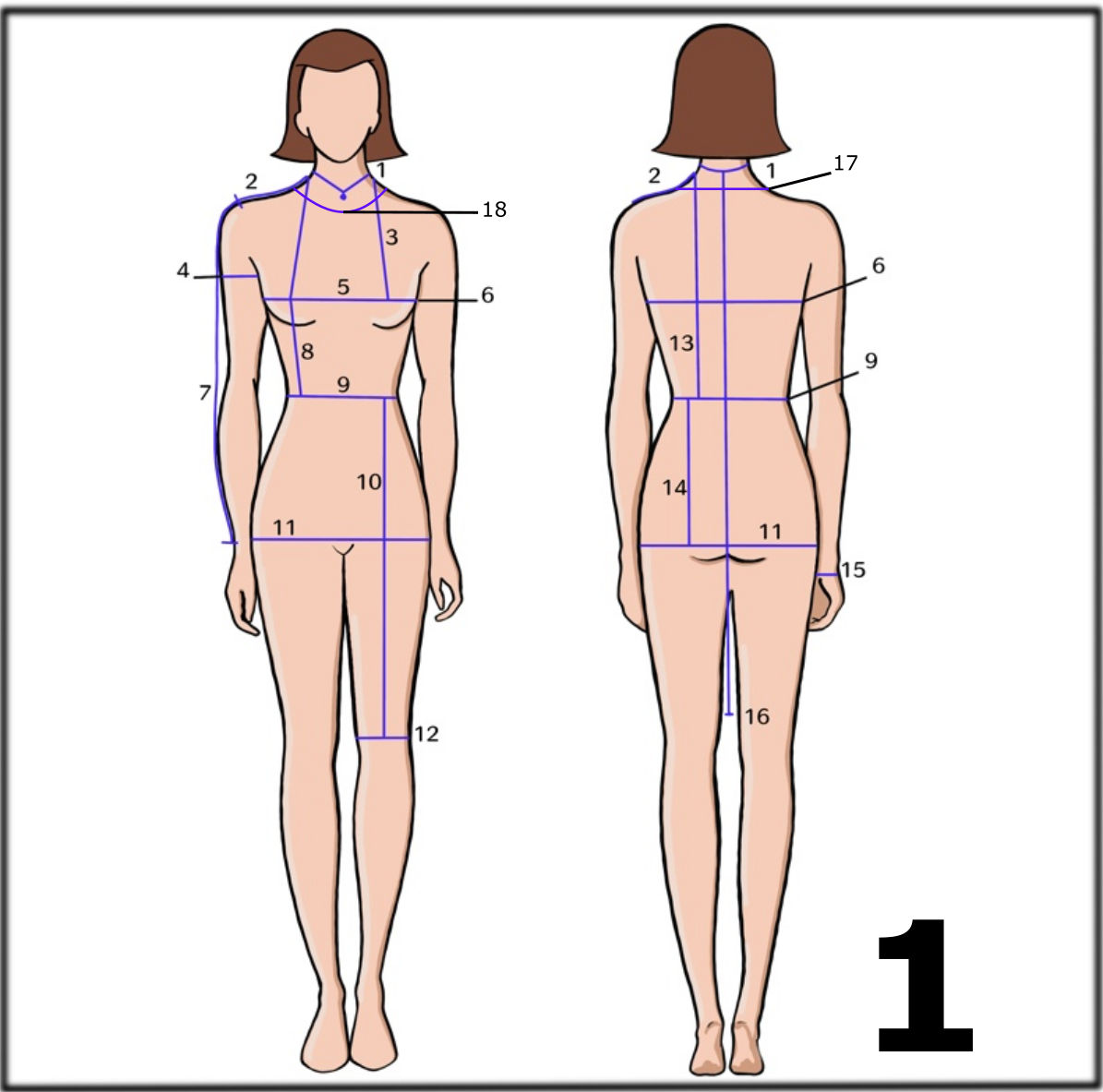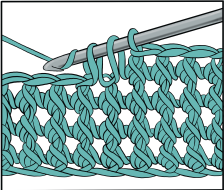

TUNISIAN/ AFGHAN CROCHET
In this article, we will discuss the Tunisian/Afghan crochet technique in more detail and give you an idea of what to start with.
It is an exciting crochet technique which has existed for many centuries and is becoming more and more popular nowadays.
Main specific features of the technique:
- The fabric obtained is very dense which allows using the method for making even outwear: coats and jackets.
- The fabric is almost not deformed widthwise and is only slightly deformed lengthwise which is crucial when things are used for a long time. Articles keep their shape well (even better than those made using a standard crochet hook) which allows making bags, hats or purses.
- Yarn consumption is 20-30% lower than that for standard crochet (the simple stitch crochet technique is compared).
- When the similar yarn is used, a bigger hook than that for regular crochet is required.
An elongated crochet hook (30 – 40 cm) is used. The length of the hook is accounted for by the fact that all stitches making up the width of the fabric are cast onto it at once. The length of the hook is sometimes increased using a cable.
There are two types of Tunisian crochet hooks:
- Single-ended Tunisian hook – there is the working “head” at one end of the tool and a knob at the other end.
- Double-ended Tunisian hook – the tool has two “heads” located at its both ends.
Below, we will describe the crochet technique for single ended and double ended crochet hooks because they differ greatly while having much in common as well.
Crochet with a Single-Ended Tunisian Hook
Crochet starts with making a foundation chain of chain stitches (just like for standard crochet). For more information about how to make a foundation chain, refer here (LINK)
Then, each row is crocheted in two stages:
- Step 1: a new stitch is pulled out of each chain stitch of the foundation chain or crochet of the previous row and placed on the crochet hook shaft. This stage is referred to as “straight row”.
- Step 2: now crochet is performed in the reverse direction. The fabric is not turned while the yarn is pulled through all stitches as they are cast off one by one. At the end of the row, one stitch remains on the hook. This stage is referred to as “reverse row”. Under each stitch, a so-called “crochet” is formed. In the following row (step 1) stitches are pulled out of these crochets.
Important: crochet is always performed on the same (front) side of the fabric.
When patterns are described, and the number of rows is specified, each row is always supposed to be made in two stages.
Stitches in a new row can be formed employing grabbing crochet walls in different ways. Due to this, the fabric formed looks different. Below are the main types of crochets:
- Tunisian simple stitch provides traditional fabric, the most common method of Tunisian crochet. See HERE how to crochet.
- Tunisian knit stitch: the front of the fabric looks like stockinette stitch pattern knitted with needles. See HERE how to crochet.
- Tunisian purl stitch: the front of the fabric looks like reverse stockinette stitch knitted with needles. See HERE how to crochet.
- Tunisian full stitch: This stitch looks perhaps more woven than any other stitch, and it creates different textures on the front and back — perfect for scarves and other reversible projects. See HERE how to crochet.
In fact, there are many more types of crochet stitches, but we recommend you to get to know the above ones first of all.
Crochet with a single-ended Tunisian crochet hook as well as crochet with a standard hook allows changing the direction of crochet easily. This, in turn, allows making seamless articles or those with a minimum number of seams.
There are numerous patterns for multicolor or openwork crochet. Using a Tunisian crochet hook, it is straightforward to crochet various openwork nets which can then be used to make nice summer clothes.
Crochet with a Double-Ended Tunisian Hook
It is mainly used for circular crochet.
Circular crochet: when the first row has been completed, it is closed into a circle, and the working yarn is pulled through the first stitch of the first row so that a ring is formed. Then, the fabric is built up spirally. The article is made without seam or with few seams.
A double-ended Tunisian hook can also be used for back-and-forth crochet. But we recommend getting to know this technique when you already have some experience in Tunisian crochet.
Each row is also crocheted in two stages but one yarn ball is used for step 1, and another one is used for step 2. At the second pass, the work is turned to its backside and stitches are shifted to the opposite side (towards the second head of the hook). Then, yarn from the second ball is picked up, and the reverse row is made just like when using a single-ended hook, but now the crochet is done on the back side. When the last stitch is reached, it is not crocheted, and the work is turned to its front side again, the first yarn ball is taken, and stitches continue to be cast on for the “straight” row. This way, step 1 and step 2 alternate and fabric is built up in a circle. You can cast on and close any number of stitches you need instead of all stitches at a time. This allows crocheting in a ring easily.
Another exciting thing is that you can take yarn of one composition or color for the “straight” row and another kind of yarn for the “reverse” row. This is how you can vary the density and look of the fabric.
Crochet using single ended and double ended Tunisian hook can be combined if required. For example, when knitting upper body garments: the body and sleeves can be made using circular crochet (double-ended crochet hook) and all in-between pieces such as the back neck, shortened rows, etc. can be crocheted using a single-ended hook.
To understand crochet technique better, we recommend you to crochet small swatches of different yarn using different stitch techniques to see how different fabrics look and feel all nuances with your own hands.
We recommend to start crochet with small articles consisting of a few pieces and then gradually proceed with more significant garments.
Have a nice trip to the world of knitting!

